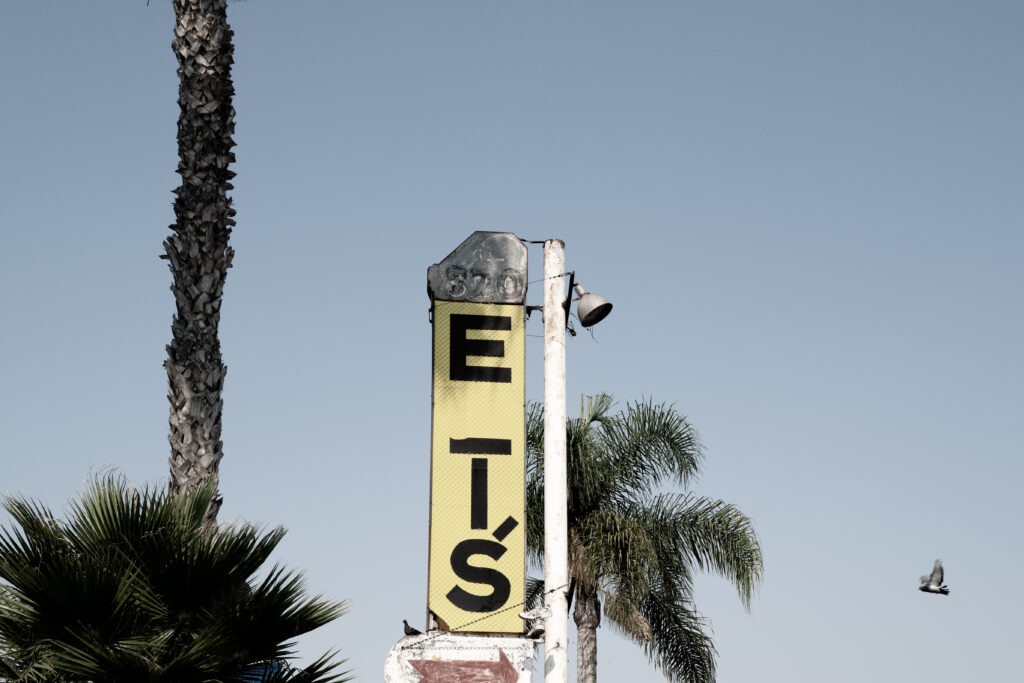Across the country this Thanksgiving holiday, the dire circumstance is businesses closing forever because of SARS-CoV-2 (severe acute respiratory syndrome Coronavirus 2)—also known as COVID-19—local lockdown and stay-at-home orders that keep away customers and choke revenue. In this County, SanDiegoVille keeps a running list of restaurants and pubs permanently shuttered during 2020—the majority since the pandemic’s start. I count 109 entities, but more when accounting for establishments with multiple locations.
Many businesses that had reopened during the summer are closing again as states seek to combat rising Novel Coronavirus cases. For the record, the use of cases is grossly misleading; the numbers actually refer to positive tests, which doesn’t mean that someone is sick—and most likely not. Eighty percent (or more) of people contracting COVID-19 are asymptomatic or mildly ill. Regardless, restrictions are everywhere, placed by (hopefully) well-meaning governors.
Brutal Numbers
Somewhat outdated, because of the newest nationwide shutdown, Yelp reports that through August 31 nearly 100,000 businesses permanently closed that were open on March 1. Restaurants and retail are the two most-severely decimated, accounting for 61 percent and 58 percent of their respective categories.
My question: Is the Featured Image—of an aged sign for a long-gone eatery—a metaphor for these trying times, and those yet to come? I used Leica Q2 to capture the moment, in San Diego’s Hillcrest neighborhood, on Aug. 20, 2020 at 9:15 a.m. PDT. Vitals, aperture manually set: f/8, ISO 100, 1/320 sec, 28mm. The photo is cropped, with Desaturated Contrast filter applied in Adobe Photoshop Lightroom Classic.
Regarding the pandemic’s direct health impact, one must look at data for his or her particular region. Putting the chart above in context—and qualifying that I am not a medical professional: According to John Hopkins University, San Diego ranks 17th among U.S. counties for number of confirmed cases: 74,361. While seemingly high, the number of deaths is much, much smaller: 984, for a fatality rate of 1.32 percent. For all of California, CFR is 1.65 percent. Stated differently, statewide your chance of surviving if testing positive is 98.35 percent.
Is the detrimental economic impact of shutting down everything to slow spread of SARS-CoV-2 justified by these numbers, or those you might see released by your county or state government? What is the value of saving one life compared to inflicting suffering, or death, upon millions more?
Desperate Lives
Consider that John Hopkins calls “COVID-19 and Suicide: A Crisis Within a Crisis“. In discussing the “ongoing challenges presented by the COVID-19 global pandemic”, the American Medical Association explains that “more than 40 states have reported increases in opioid-related mortality as well as ongoing concerns for those with a mental illness or substance use disorder”. The New York Times gets gritty with exposé “Pandemic Drives Spike in Opioid Deaths“.
How about this grim lede to a Guardian story published today: “Millions of Americans must rely on charity to put Thanksgiving dinner on the table this year, as hunger surges amid a devastating spiraling of the COVID-19 pandemic”. That’s the kind of news report I would expect to see about a third-world country, not the United States.
Analyzing the U.S. Census Bureau’s Household Pulse Survey for October 14-26, the Center on Budget and Policy Priorities reveals that: “Some 10 to 14 percent of adults with children reported that their kids didn’t eat enough in the last seven days because they couldn’t afford it” and “more than four in 10 children live in households that are struggling to cover such basic costs as food, rent or mortgage, car payments, medical expenses, or student loans”.
On this Thanksgiving eve, as political policy makers cripple the economy and inflict immense harm on tens of millions of Americans all for the sake of fighting COVID-19, consider this: 56 percent of households with children “are not very confident they will be able to afford needed foods for [the] next four weeks”.
Chew on that—and absolutely no pun is intended. Closing America is a remedy causing collateral damage that is far worse than the illness.

